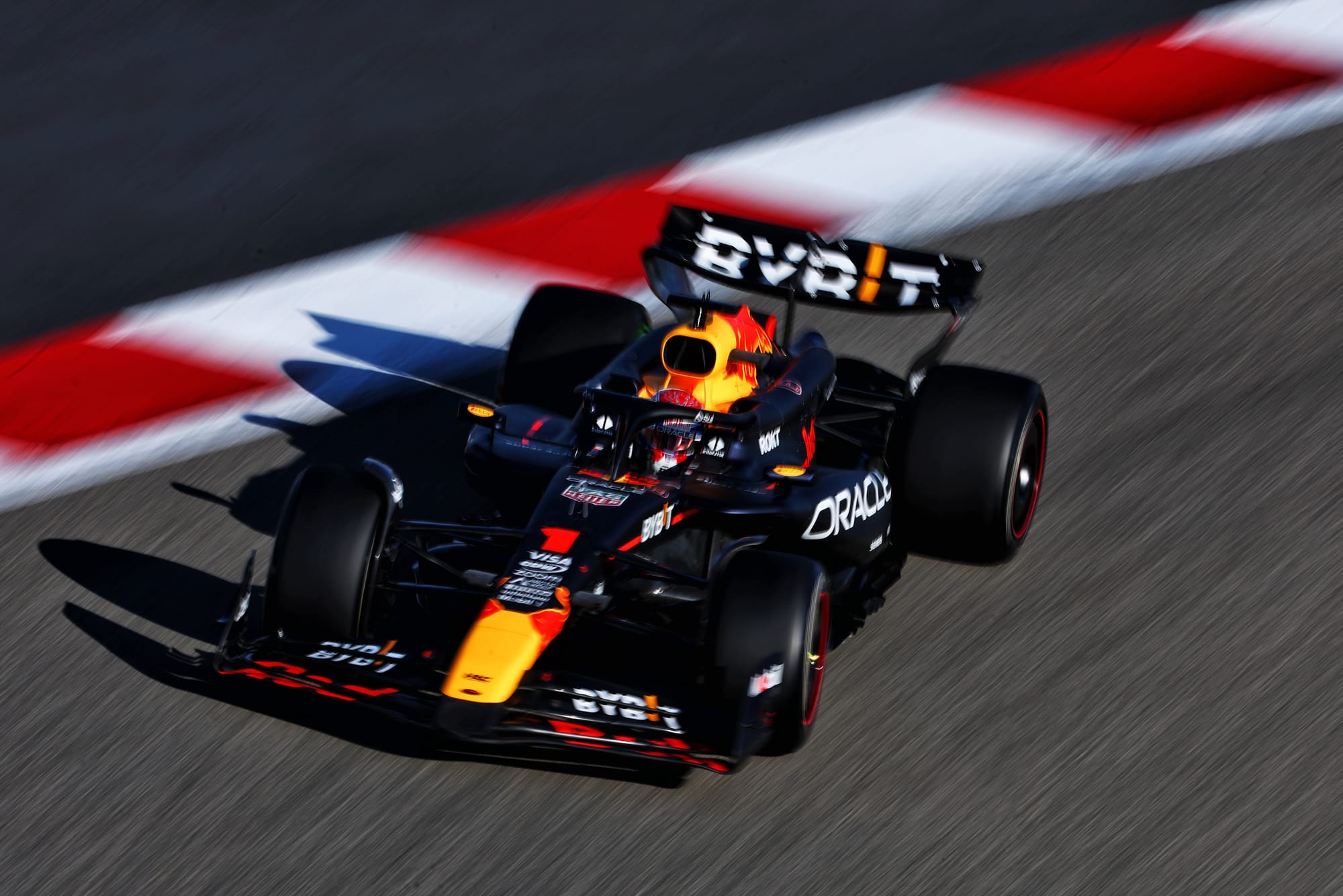Formula 1, the pinnacle of motorsport, continues to mesmerize fans worldwide with its blend of speed, technology, and strategy. Known for its breathtaking races and state-of-the-art machines, F1 is more than just a race—it’s a test of endurance, skill, and cutting-edge engineering. Since its inception in 1950, the sport has evolved into a global spectacle, where drivers and teams push the limits of physics and technology to secure victory.
Each season, Formula 1 sees teams from all over the world competing in a series of Grands Prix races, held in different countries and on varied circuits. These events range from iconic street races like Monaco to challenging tracks such as Spa-Francorchamps and Monza. The global nature of the sport has expanded its fanbase, drawing millions of viewers every weekend to watch drivers like Lewis Hamilton, Max Verstappen, and Charles Leclerc battle for supremacy.
Formula 1 cars are engineering marvels. Constructed primarily from lightweight materials like carbon fiber, these vehicles are capable of reaching speeds over 200 mph. Each car is a complex piece of machinery, designed to optimize aerodynamics, power, and safety. The technical regulations set by the Fédération Internationale de l’Automobile (FIA) are strict, ensuring that while innovation is encouraged, safety is paramount.

One of the key aspects that sets Formula 1 apart is its hybrid engines, introduced in 2014. These power units combine a traditional internal combustion engine with electric motors to maximize efficiency. The complex energy recovery systems (ERS) harvest energy from braking and exhaust, storing it for an additional boost during the race. This focus on sustainability and energy efficiency has revolutionized motorsport, leading the way for greener technology in racing.
Another vital element in Formula 1 is the strategy. Teams meticulously plan pit stops, tire management, and fuel usage to gain an edge over their rivals. Races are won and lost based on split-second decisions, with teams working tirelessly behind the scenes to optimize performance. The choice of tires—whether soft, medium, or hard compounds—can drastically affect a car’s pace and durability, making pit stop timing critical. Over the years, we’ve seen races flip on their heads due to well-executed or mistimed pit strategies.
Moreover, the drivers themselves are among the fittest athletes in the world. The intense G-forces experienced during a race require exceptional physical conditioning. Drivers must also possess mental toughness, as they need to make crucial decisions at high speeds while navigating treacherous corners and battling for position.
Formula 1’s popularity has surged in recent years, thanks in part to increased media coverage and the success of shows like Netflix’s “Drive to Survive,” which has brought new fans into the fold. The sport’s ability to combine human drama with high-speed action is a major draw for audiences around the world. The fierce rivalries, both on and off the track, between top drivers and teams keep fans on the edge of their seats, eagerly awaiting the next race.
The ongoing battle between Mercedes, Red Bull, and Ferrari has dominated recent seasons, with Max Verstappen and Lewis Hamilton trading wins in thrilling fashion. Each season is unpredictable, as regulatory changes, car upgrades, and team dynamics play a significant role in shaping the outcome.
Looking to the future, Formula 1 is at the forefront of innovation, with plans to introduce more sustainable technologies and further limit its environmental impact. The sport aims to become carbon neutral by 2030, continuing to balance the need for speed with responsibility towards the planet. This vision aligns with the broader global movement towards sustainability, proving that even in the fastest sport on earth, there’s room for environmental consciousness.
In conclusion, Formula 1 is a sport like no other. It’s a combination of speed, precision, and strategy, where the finest drivers and teams compete for glory on a global stage. As it evolves, the excitement surrounding F1 only grows, promising fans more unforgettable races and moments that define motorsport history.





